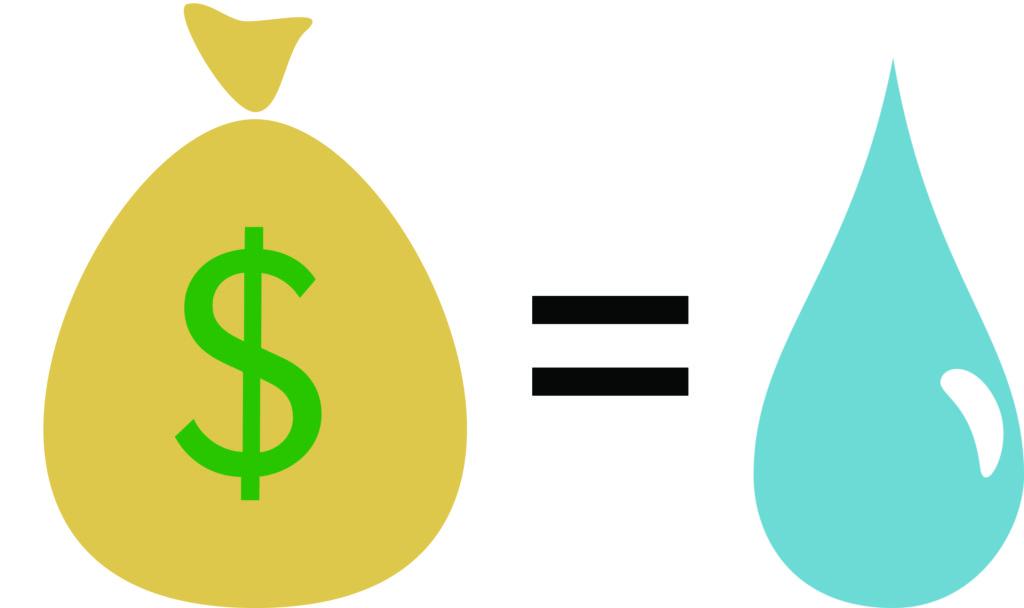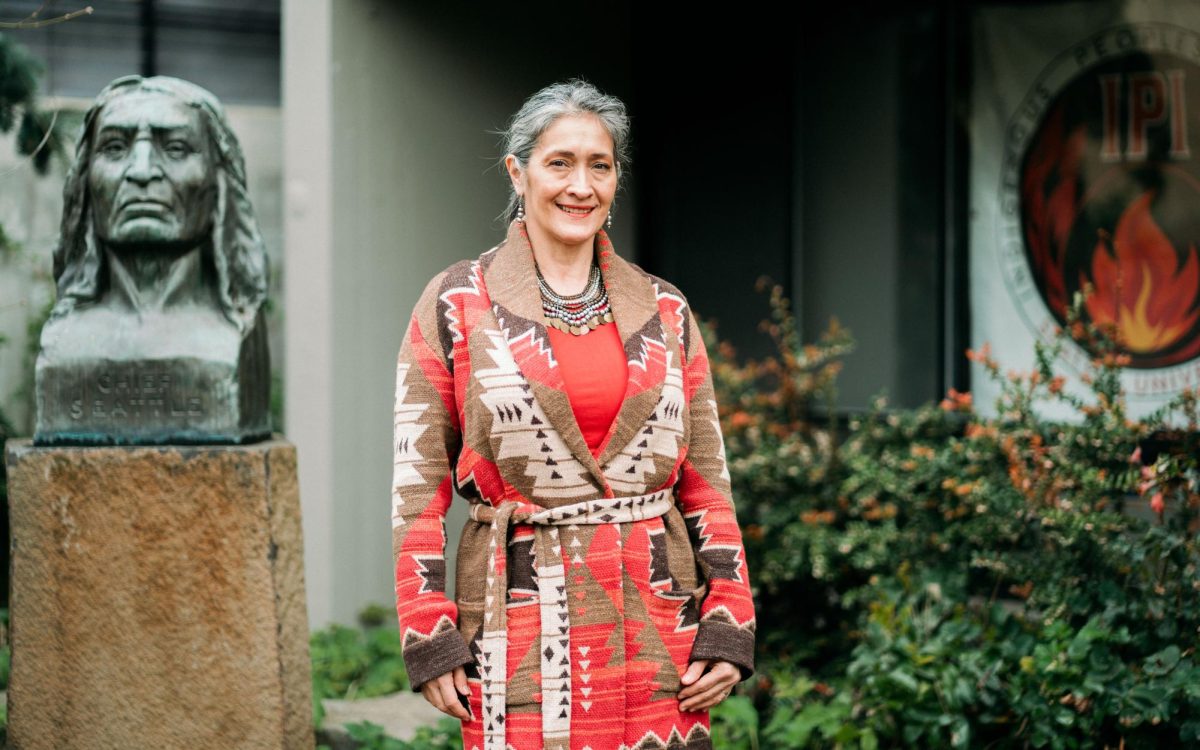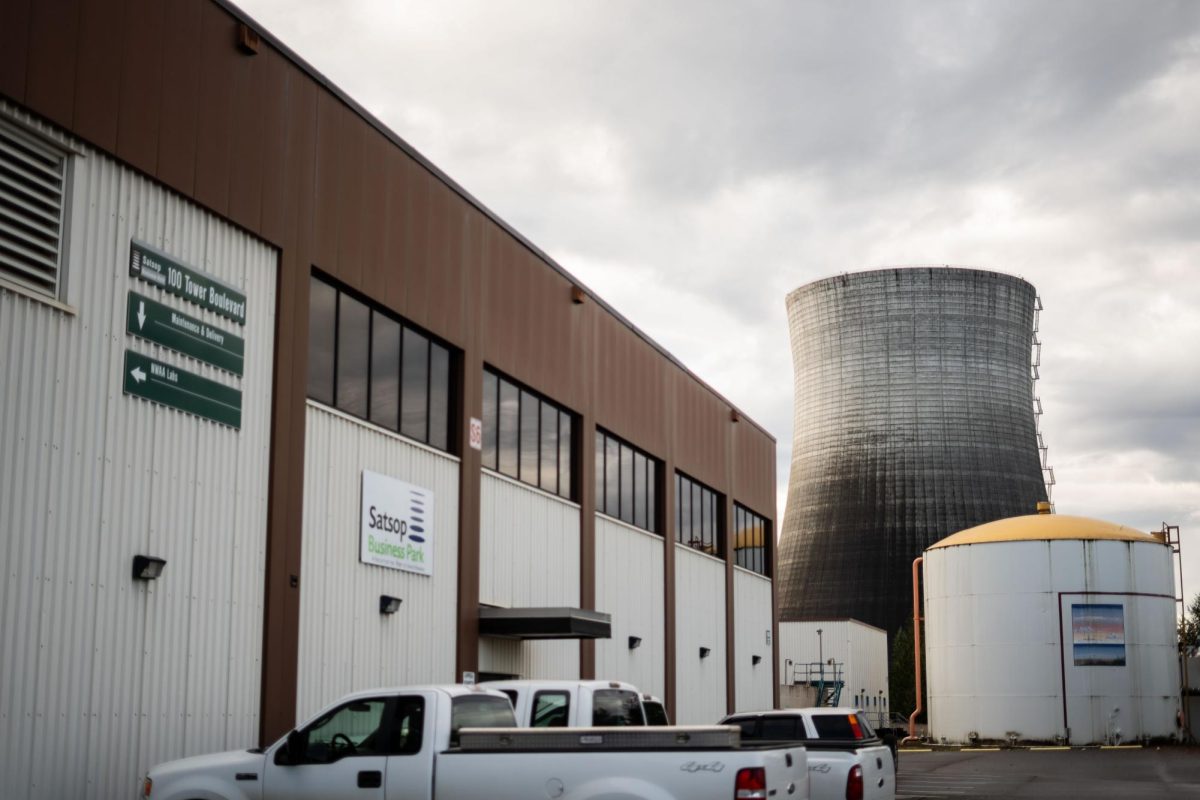Marc Dyllan Morra and his two daughters live in Cape Town, South Africa, a region on the verge of crisis. On what has been dubbed “Day Zero,” Cape Town will become the first city ever to completely run out of water. Day Zero was originally set for April 12 but has been moved back to May 11 after some much needed rain last weekend.
“You’re allowed 25 liters a day, and we will go to water points with armed guards and fetch water,” Morra told the Spectator. “Water is quite expensive and we have to shower with buckets underneath us because we are really running out of water.”
When Day Zero comes, getting water will become a struggle, and only limited amounts will be available. There will be long lines, and prices of water beyond the 25 liters allowed per person will skyrocket—leaving those with little money in a dilemma.
The government of South Africa is in disarray, and questions about where the water will come from, how exactly distribution will be regulated and how the disabled and elderly are to make it to collection points have gone unanswered.
To put the figure into perspective, the daily ration of 25 liters is equivalent to about 6.6 gallons. The average American uses over 17 gallons of water per shower.
Cape Town is an extreme example of a trend that is developing around the world. A report by the United Nations states that one half of the population already lives with water scarcity, and by 2030 around half of the world’s population will be living in areas of high water stress.
Water scarcity can seem like a huge issue that is beyond the control of a single college student, but this is not necessarily true. There are ways that water use can be reduced in day-to- day life.
“Be conscious about how long your showers are,” said Josephine Archibald, environmental studies professor. “Plant drought tolerant plants that don’t require a lot of watering in the summer, and allow spaces in your garden where water can collect instead of just letting it all run off.”
Seattle University also tries to limit water use through conservative landscaping and updates to outdated infrastructure such as dorm shower heads.
“Through our facilities, we are always striving to conserve electricity and water,” said Phillip Thompson, the director of the Center for Environmental Justice and Sustainability at Seattle U. “Just this past year we replaced a bunch of old shower heads in the dorms. It’s going to save hundreds of thousands of gallons of water a year.”
In Seattle, it is unlikely that residents will ever have to shower with buckets under them to conserve water. The city is currently well supplied with water, coming mainly from the Cedar River Watershed. However, just because Seattle has an abundance of water today does not mean it always will.
One change the Pacific Northwest is already seeing is a decrease in seasonal snowpack. An impact this will have is a disruption of local river ecosystems.
“The seasonality is expected to change and we do rely on snowpack in order for local streams to have enough water, and be cool enough to support our important sh populations,” Archibald said.
Local fish species such as salmon provide a major food source for humans and wild creatures alike, and are an essential part of the river ecosystem. Fresh water is just as intrinsic to human life as it is to salmon lives; we use water every day for drinking, cooking, showering, landscaping, washing dishes and much more. Since water is a staple of life, it would seem fitting to protect it. However, this is not always the case in American politics.
“Here we don’t think much about water scarcity and our politicians don’t plan beyond the next election cycle,” Thompson said. “In this country politicians don’t prioritize spending money on infrastructure.”
There are potential solutions to drought and water issues that many people either do not know about or choose to ignore. The solution that professor Thompson sees as the most viable option for the future is water desalination, which is the process by which salt is removed from seawater to create fresh, drinkable water.
Countries like Israel have already implemented this technology, and the country has an abundance of water thanks to it. In fact, the Israelis have so much water that they are selling it to the neighboring country of Jordan. “The technology is there, the Israelis have demonstrated this with their forward osmosis plants, it’s just a matter of political will,” Thompson said. “We have to produce our own fresh water because there’s no other way around it.”
California has begun to build desalination plants, but it is still not a widespread option because of the high cost of building the plants and the amount of energy that is required to run them. Until freshwater becomes a widely available commodity through new technology, people around the world will continue to suffer from drought and water access issues. Furthermore, already vulnerable communities such as the poor are disproportionately affected.
“People who have money will get the water they need. It just becomes a scarce commodity,” Thompson said. “Whoever has the most money usually wins in our capitalistic world.”
Our planet is transforming, and places such as Cape Town are seeing the acute effects of this change, but people are trying to remain positive. “The water situation is not so good here, but I think things will be okay,” said Morra of Cape Town.
Bailee may be reached at
[email protected]












